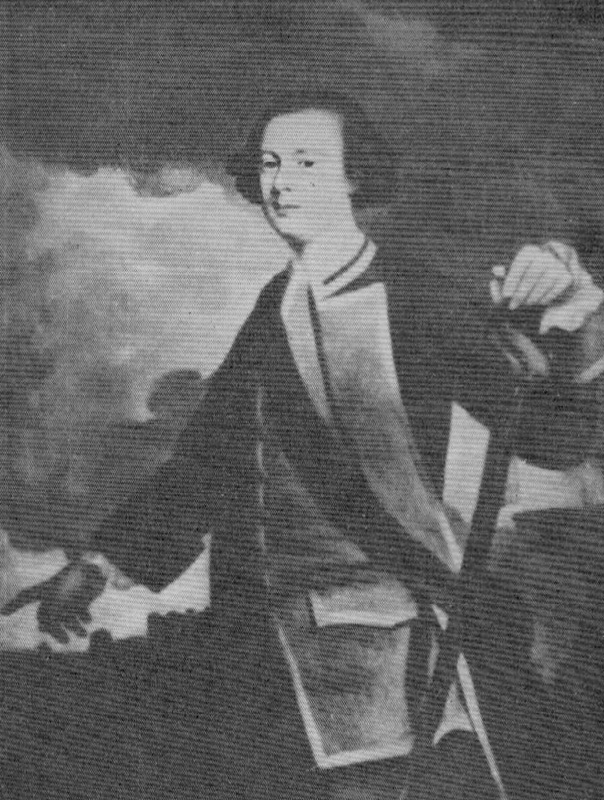
HISTORICAL EVENTS THAT TOOK PLACE ON THIS DAY IN CANADA
17 February

James Wolfe (1727-1759)
Wolfe Sails to Canada
Major-General James Wolfe sailed from Britain on February 17, 1759, on his last great adventure, the capture of Quebec. He and Admiral Charles Saunders stood on the bridge of the flagship Neptune and watched England fade into the mist.
After he and General Amherst captured Louisburg in 1758, Wolfe wanted to go on and attack Quebec right away. He was so angry when Amherst refused that he wanted to resign from the army. Probably to give him some action, Amherst sent Wolfe to attack small French settlements along the Gulf of St. Lawrence. Wolfe didn't like that job either, and reported later: "I have done a great deal of mischief and spread the terror of His Majesty's arms through the Gulf, but have added nothing to the reputation of them." There was little military value in destroying the homes and food supplies of innocent people facing the approach of winter.
Wolfe's return to Britain annoyed Prime Minister Pitt. He told Pitt that he needed to take the cure of the mineral springs at Bath. Actually, he had met Katherine Lowther there the year before and was greatly interested; this time they became engaged.
Pitt had endured a number of bad experiences with incompetent British generals serving in North America. Benjamin Franklin described one of them as being, "about as effective as a painted soldier on a tavern sign." After the capture of Louisburg in 1758, Pitt knew that in Amherst and Wolfe he had the leaders for whom he had been searching. On February 5, 1759, he asked Wolfe to come to see him. He gave him secret instructions for the campaign against Quebec. The armada that set sail on February 17 was the greatest fleet that f had ever sailed from Britain up to that time.
OTHER NOTABLE EVENTS ON THIS DAY IN CANADIAN HISTORY
17 February
-1869 The Society for the Prevention of Cruelty to Animals was organized.
-1891 Sir John A. Macdonald, at a mass meeting in Toronto, charged the Liberals with conspiring to have Canada join the United States.
-1919 The death of Sir Wilfrid Laurier was announced.
-1958 Former Prime Minister St. Laurent (1948-1957) announced his retirement from politics.
-1960 Prime Minister Diefenbaker opened the new National Gallery of Canada at Ottawa.
-1965 The government announced a plan, to take effect gradually over five years, whereby old age pensions would be made available at age sixty-five instead of seventy.